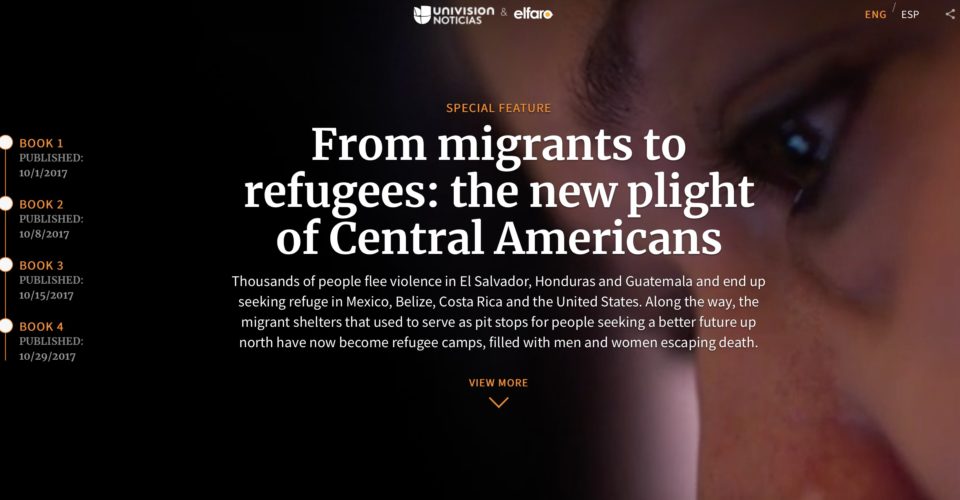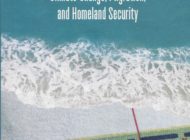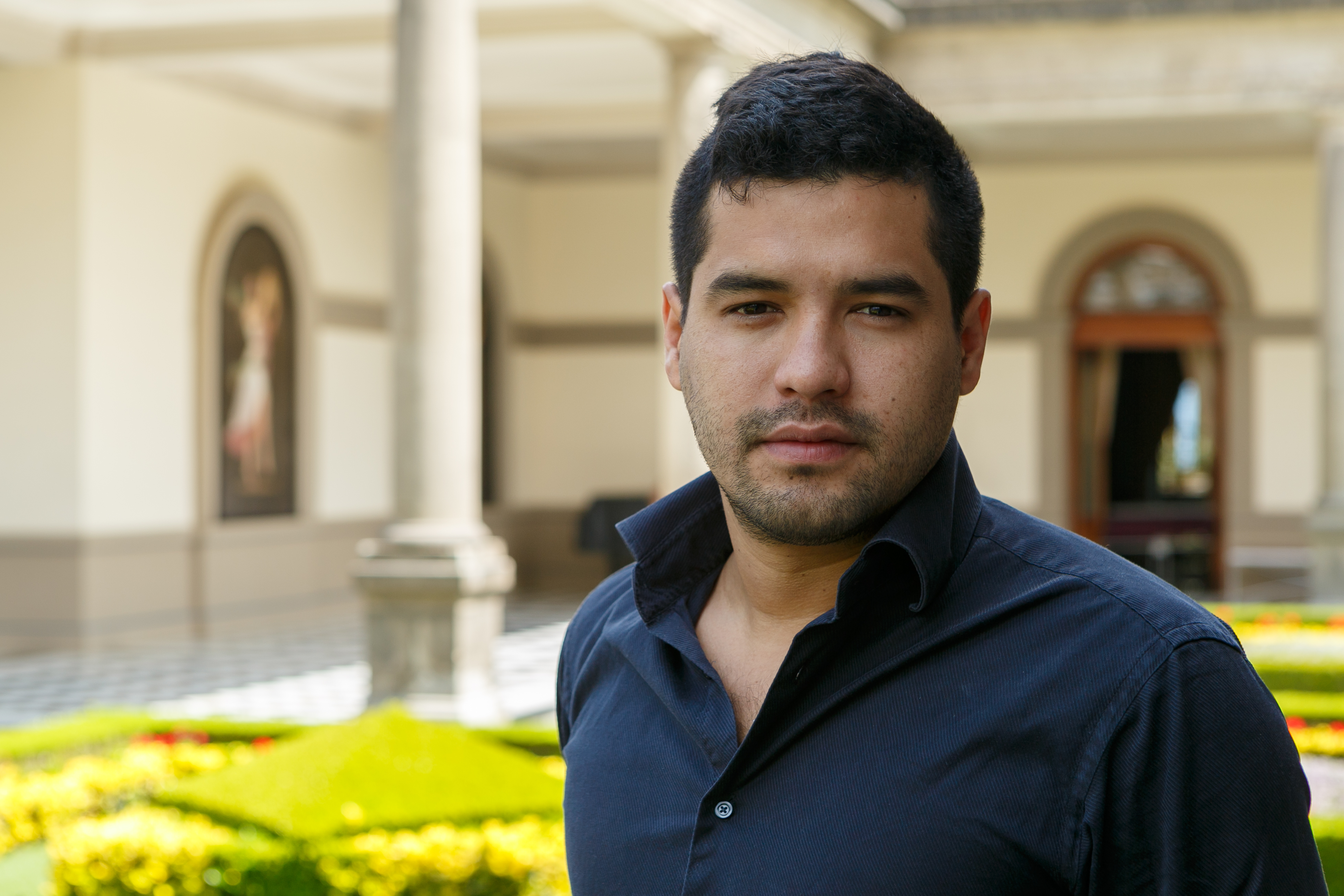Digital book review: “From Migrants to Refugees: The New Plight of Central Americans,” by journalists from El Faro and Univisión, 2018 Winner of the Hillman Prize for Web Journalism.
By TOMÁS RODRÍGUEZ
EL NUEVO SOL
Throughout four digital chapters of a digital book titled, “From Migrants to Refugees: The New Plight of Central Americans,” three Latin American journalists write about the journey, struggle and brutality Central Americans face. These people turn into refugees on an excursion of liberation of the constant violence found in their countries of origins. They are forced to flee to the U.S., Mexico, Costa Rica and Belize, where they still face several obstacles in trying to gain refugee status.
In “Escaping Death, Asylum Seekers Surge in Mexico,” Óscar Martinez explains the wave of asylum seekers who arrived in Mexico from Central America in search of safety. These immigrants fled just not for choice, but they were forced to leave their countries out of constant threats from gangs. In “Belize is Afraid,” Carlos Martinez tells the stories of Central Americans looking for refuge in Belize, where borders are non-existent. However, it is almost impossible to none to get refugee status in this country because there is an insurmountable amount of fear of their government and citizens that Belize would get infested by gangs and violence. In “Costa Rica, the Southern Route,” Maye Primera writes about another country that accepts more refugees than other nearby countries, but it isn’t enough to accommodate the skyrocketing amount of numbers of Central American immigrant. In “El Salvador, A Country Sown with Death,” Primera explains how the U.S. is partly responsible to El Salvador’s gang epidemic (by playing a big role in their civil war and later deporting gangsters to El Salvador) and how it has grown to be far more dangerous than the Salvadoran Civil War in the 1980’s.
Despite already having a broad understanding of why there is a massive number of Central Americans looking for refuge outside their countries, these digital readings help provide numerous anecdotes and key testimonies of people and their families. These readings also provide a key view into the lives of police officers and LGBTQ individuals who have no other choice to flee because of persecution not just from violence, but from society itself. My father who was born in Mexico City said he had Salvadoran neighbors and that they were just like any other Mexicans, hardworking and humble. This book helps illustrate how other countries have become a place of refugee like Costa Rica and Belize (despite Belize being intensely more difficult to gain refugee status.) One key understanding helps sum up one main point. People would rather die trying to leave the country than to stay and face eventual extortion, violence and eventual death.
The audience of the book is intended to be those who don’t understand the difficulty Central American immigrants face and why they are forced to migrate to countries like ours. Mass media tends to only illustrate the massive numbers who cross the borders every day. Despite the enormous number of undocumented immigrants living in the U.S., there is still an intricate process to be granted asylum and refugee status for Central Americans who have no choice, but to leave their country of origins due to violence and persecution. What makes everything more obscure to ignorant folks, is that the U.S. itself played a vital role in creating this wave of immigration. Younger generations are also a key audience due to the creative use of graphics, videos and pictures which make easier for them to understand.
These digitals readings are organized in a way that makes it easier to understand the process in how quickly immigrants have left Central American in search of refugee status and where they have decided to go to. In the first reading, we find out that Mexico, being the largest country in the area is home to thousands of migrants. After fleeing Central America, they go on a dangerous journey atop of trains where they face deportation from officials, violence from gangsters and where death can loom in every single corner. The authors then point out how Belize and Costa Rica can be sanctuaries, but there is still a process which can often lead to nowhere. Finally, in the last reading, the author carefully explains why Salvadorans are leaving their countries in the first place. This organization is key because it helps the reader understand the different options that migrants have and how each of them has several flaws within them. The readings end in the best possible way, by describing the hardships Central Americans face in just one country.
All the readings include at least an audio narration, one video and several photos which provide different forms of narrations and capture an essence that just words can’t provide. When mass media portrays Central America, many people ignorantly believe Mexico is the only country, when ironically Mexico is still part of North America. In every story, there is a map provided which provides a sense of location and just how small these countries are, which makes it easier for gang members to track people. The photos do an intense job in depicting the anguish many Central Americans face in their homelands. Picture of scars due to provoked injuries, missing family members and the pictures which show no faces (due to protection) can be the most haunting. This is so because it shows that no one is safe. Anyone can be a victim, from young kids to elders. There are even photos that don’t feature people, but objects like newspapers that show the death of family members and water wells that have been closed off due to it being a suspected body dump portray the desolate reality many of these people face. The videos also play an important factory in each of these stories. Some of them focus on just one family or individual and while explaining their own personal barriers, the producers take advantage to portray the entire challenges Central Americans face. For example, in Costa Rica, the short video revolves around Thalía, a transgender woman who is the first transgender refugee to gain asylum in Costa Rica. The video explains how she faced discrimination, but it also enlightens that Costa Rica is country that grants refugee status to transgender folks despite it being a long and tedious process. In the Belize reading, the video focuses on a family’s story to find safety in Belize, but it’s almost impossible to be granted refugee status in the country as the video goes on to explain.
These digital readings do a tremendous job in showing the faces of victims and showing just how everyone is affected by crime and violence. Contrary to previous readings, these readings don’t give a space to the offenders. They are written about in the story and shown in animations in videos, but there are no photos of them anywhere. While not having a representation of them in photos, it makes these readings more complete by just focusing on the migrants. There are also several tight shots of labored hands, pendants, eyes, silhouettes, injuries, and several portraits of people who have been affected personally. Some are crying, watching television, while others are staring directly at the camera with a daunt look. These people could be your neighbors, your classmates and even your own family. They are kids, jovenes, fathers, mothers and LGBTQ peoples. They are just like you and me.
Probably one of the biggest examples of history in the book is how many countries granted asylum to Central American countries during their civil wars. But even now where violence has doubled and death has almost tripled, countries have failed to adopt new refugee guidelines. In “El Salvador, A Country Sown with Death,” Maye Primera explains the U.S. involvement in the current gang epidemic in El Salvador and how it has resulted in the constants waves of violence. During their civil war, in which the U.S. backed up the government, several Salvadorans migrated to Los Angeles and under a hectic battle ground of gangs, Salvadorans united to form MS-13. After criminal convictions, the U.S. deported several of these gang leaders which formed a new gang society back in El Salvador and Honduras. These gangs have continued to flourish and gain momentum as they extort and kill without remorse.
These digital readings are and will remain relevant because Central Americans refugees are probably one of the most scrutinized types of refuges in the world today. While some countries do the minimal to accept these asylum seekers, there is still a lot of effort needed from countries like the U.S. and others to help them. This constant fear that their violence will somehow transcend to other countries is pure b.s. One of Costa Rica’s guidelines to gain refugee status is that a family member has to been a victim of death. This is madness and so frustrating that a person has to die first to be granted asylum. In fact, the U.S is even responsible for the wave of immigration. It is our responsibilities as neighbors to settle down and talk about how we can help Central Americans who are under constant fear and death due to the government’s radical movements to gain as much political and economic control in Central America.
Tags: book review El Faro From migrants to refugees: the new plight of Central Americans Hillman Prize 2018 Óscar Martínez Univisión
















